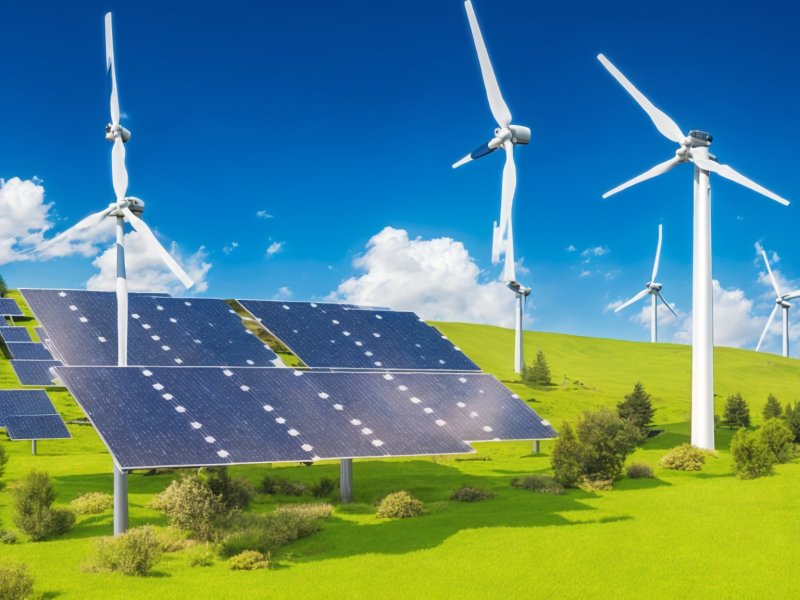
Introduction:
In a world increasingly aware of the environmental impact of traditional energy sources, the search for sustainable alternatives has gained tremendous momentum. Renewable energy sources, such as solar, wind, and geothermal power, have emerged as viable solutions to meet our growing energy needs while reducing greenhouse gas emissions. In this blog, we will delve into the fascinating world of these renewable energy sources and explore their potential to shape a greener and more sustainable future.
1. Solar Energy:
Solar energy, derived from the sun's rays, is arguably the most well-known and widely adopted renewable energy source. It harnesses the immense power of sunlight and converts it into electricity using solar panels. Here are some key points to consider:
a. Photovoltaic (PV) Technology:
Solar panels, made up of photovoltaic cells, capture sunlight and convert it into electricity. These cells are typically composed of silicon, a semi-conducting material that generates an electric current when exposed to sunlight.
b. Distributed Generation:
Solar energy can be harnessed at different scales, from small residential installations to large-scale solar farms. Its decentralized nature enables distributed generation, empowering individuals and communities to produce their own clean energy.
c. Advantages:
Solar energy is abundant, accessible, and renewable. It produces no greenhouse gas emissions during operation and requires minimal maintenance. Additionally, declining costs and technological advancements have made solar power increasingly cost-effective.
2. Wind Energy:
Wind energy harnesses the power of the wind to generate electricity. Wind turbines, tall structures with large blades, capture the kinetic energy of moving air and convert it into rotational energy. Here's what you need to know about wind energy:
a. Onshore and Offshore Wind Farms:
Wind farms can be established both on land and in offshore locations. Onshore wind farms are typically installed in open areas with consistent wind patterns, while offshore wind farms are set up in bodies of water with strong winds.
b. Grid Integration:
Wind power can be integrated into existing electrical grids to supplement conventional energy sources. Advances in grid technology and energy storage systems ensure a stable and reliable electricity supply from wind energy.
c. Benefits:
Wind energy is clean, abundant, and inexhaustible. It helps reduce carbon emissions and dependence on fossil fuels. Moreover, wind turbines have a relatively small land footprint and can be compatible with agricultural activities.
3. Geothermal Energy:
Geothermal energy taps into the natural heat stored beneath the Earth's surface. It utilizes the thermal energy from hot rocks, magma, and natural geothermal reservoirs to generate electricity and provide heating and cooling. Here are the key aspects of geothermal energy:
a. Geothermal Power Plants:
Geothermal power plants harness the Earth's heat through steam turbines. They extract hot water or steam from underground reservoirs, convert it into electricity, and then reinject the cooled water back into the reservoir.
b. Direct Use Applications:
Geothermal energy is not limited to power generation. It can be used directly for heating and cooling purposes in homes, buildings, and greenhouses, significantly reducing the need for traditional heating and cooling systems.
c. Environmental Benefits:
Geothermal energy is a clean, reliable, and sustainable source of power. It emits negligible greenhouse gases and has a small environmental footprint. It provides a stable and constant energy supply, unaffected by weather conditions.
Conclusion:
Solar, wind, and geothermal energy sources are paving the way towards a greener and more sustainable future. Their unique characteristics make them valuable assets in mitigating climate change and reducing our dependence on fossil fuels. As we continue to explore and develop these renewable energy sources, it is crucial to invest in research, innovation, and infrastructure to unlock their full potential. By embracing these clean energy alternatives, we can build a more resilient and environmentally friendly energy system that benefits both present and future generations.
Share This News